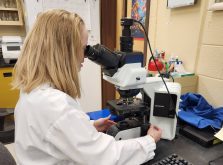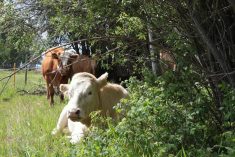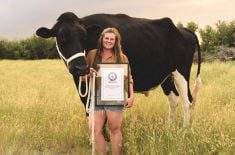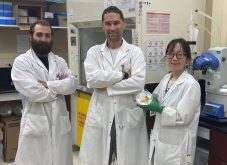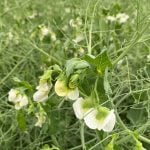Becoming a veterinarian is a popular career choice for many young people if the flood of applications to the faculty of veterinary medicine at the University of Calgary is any indication.
Dean Dr. Alastair Cribb said that last year alone they received over 200 applications of which 125 were qualified for the 32 available positions. Applicants have to meet high academic standards, but there are still plenty of eager hopefuls.
Prospective students face more than just meeting the need for high marks. They have to go through a rigorous interview process to determine if they fit the faculty’s image of the ideal veterinary student. That’s why even though they have plenty of qualified applicants, the faculty continues to engage in recruitment and advertising for veterinary students.
Read Also
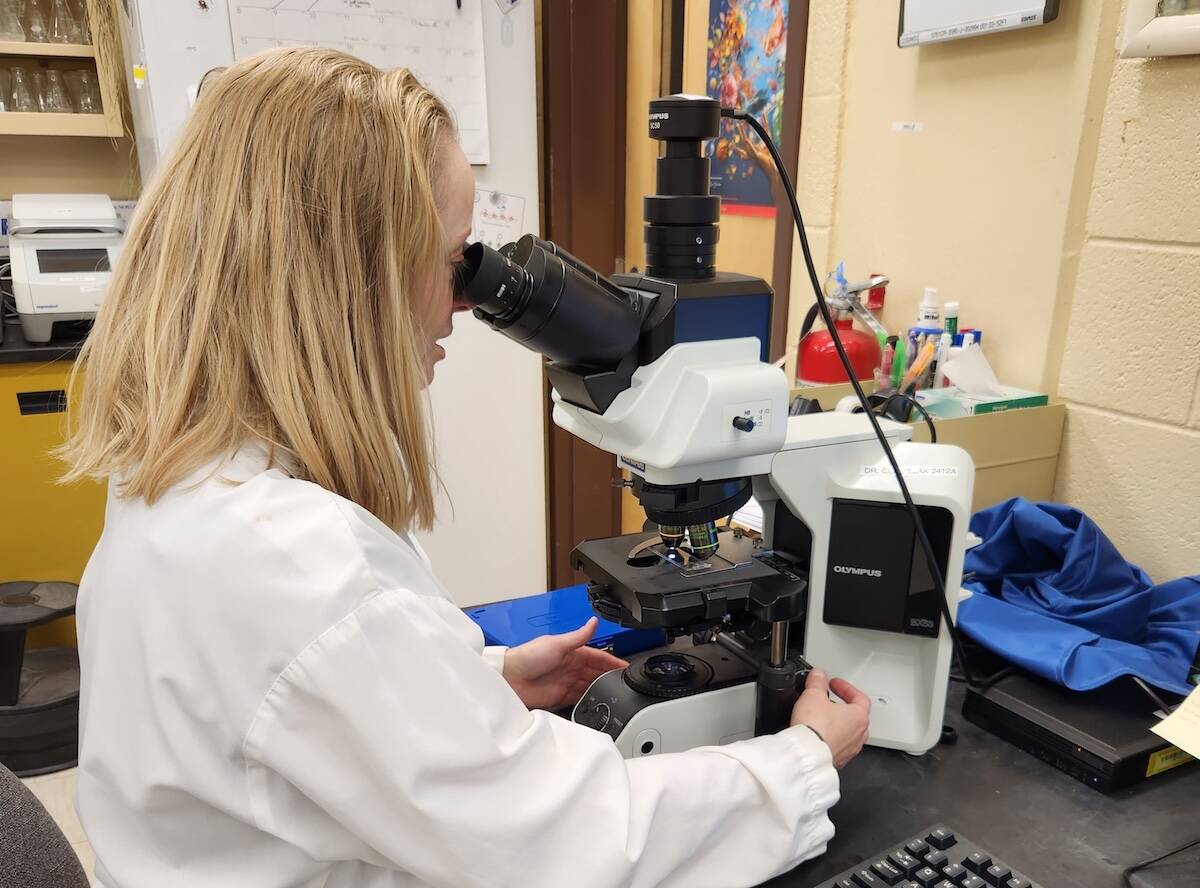
What is going on deep below the surface?
Researchers are diving deep into the soil – more than 60 cm. below the surface – to find out how microbial communities shape how carbon and nitrogen cycle through our soils.
“We continue to go in the community to encourage prospective students to consider veterinary science,” said Cribb.
One of the more successful programs this year was a vet camp for junior high school students. It was a week-long program that included participation by actual vet students. “We expose them to the whole range of activities that a veterinarian might do, they learn about anatomy and pathology,” Cribb said.
“It was so successful we plan to run four camps next July and August to be run by our students.”
Cribb also visits the agriculture colleges as part of their recruitment drive. The faculty also takes part in events like the Calgary Stampede. It’s all part of the drive to attract a broader range of students.
“We are low on applicants from the rural community and we are low on male applicants,” he said. “We are looking for students with good communication skills, that understand the industry and animal health. It’s not just the marks that are important, the interview we do with applicants is just as important.”
The message is that prospective students shouldn’t become discouraged because of the high academic standards, there is a lot more to the process of becoming a successful veterinary student.
The faculty also has developed an extensive postgraduate program that began early in the establishment of the veterinary facility. There are now almost 90 people in the postgraduate program. Their research includes such areas as Johne’s disease, transmission of disease between wildlife and domestic animals, reproductive issues and basic science.
Several postgraduate students have already completed their Masters and PhD work and graduated.
The faculty is just beginning to initiate some continuing education programs. “We are starting to build up by hosting events and courses; for instance we held an education course for animal health technologists, we also hosted a course for equine dentistry for veterinarians,” Cribb said. “It’s an area that we will continue to develop, we will be offering more courses next year.
Courses will be targeted to not just veterinarians and animal health technologists, but also to producers.
The faculty’s facilities are just about complete after a four-year construction period. “We are about 95 per cent complete with our facilities, we have a wish list of course for more but we are in good shape and have a tremendous facility for veterinary and animal health education.”


